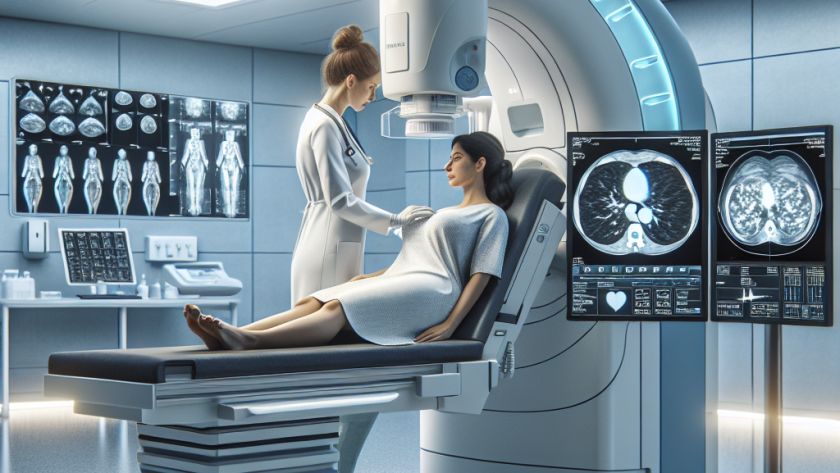Advancements in artificial intelligence (AI) have transformed the approach to aortic aneurysms (AA) care, positively impacting patient outcomes. AI has been implemented at Yale's New-Haven Health for providing improved care to abdominal aortic aneurysm (AAA) patients.
The use of AI in AAA patient care provides a myriad of benefits including early and accurate flagging of enlarged…







